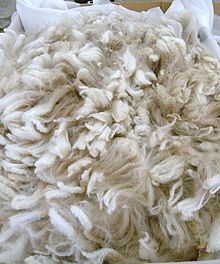
Where Do Your Wool Rug Fibers Come From?
Being that we are professional wool rug cleaners, we have become very knowledgeable on the subject of wool. One of our favorite things to center our blog posts around is information. We always enjoy sharing any of our expert level information of certain topics pertaining to our services, with our customers. Wool is the most commonly used fiber to craft high end rugs. These natural fiber rugs can be hand woven or machine made. Hand woven wool rugs are typically more coveted, as they usually have a fine feel and unique look to them. Machine made rugs can most definitely look very similar to hand woven rugs, but they will usually look like a more mass produced type of rug. A hand woven rug is essentially a unique piece of crafted art. Either type of manufacturing process can produce very nice, high quality rugs.
 You probably already have a pretty good idea of what wool is and where it comes from. Wool is the hair that comes from a sheep or goat. The wool used to craft natural fiber rugs typically comes from tended sheep. This type of hair is soft and curly or wavy. Sheep are usually left to let their coat grow until it begins to get long and fluffy. One the wool has grown to a satisfactory length, it is then sheared off. Wool that is freshly removed from the animal is known as “Greasy Wool”. This freshly sheared wool contains dead skin, sweat residue, high levels of lanolin and will typically contain traces of vegetable matter and pesticides that come from the animal’s environment. The wool must obviously be cleaned to remove all of these contaminants prior to it being used as a textile. The cleaning process used for wool is called “Scouring”. This process involves a pretty standard, basic washing in warm water with a detergent specific to the removal of these byproducts found in freshly sheared wool. This scouring process is usually done in large batches to help with efficient production.
You probably already have a pretty good idea of what wool is and where it comes from. Wool is the hair that comes from a sheep or goat. The wool used to craft natural fiber rugs typically comes from tended sheep. This type of hair is soft and curly or wavy. Sheep are usually left to let their coat grow until it begins to get long and fluffy. One the wool has grown to a satisfactory length, it is then sheared off. Wool that is freshly removed from the animal is known as “Greasy Wool”. This freshly sheared wool contains dead skin, sweat residue, high levels of lanolin and will typically contain traces of vegetable matter and pesticides that come from the animal’s environment. The wool must obviously be cleaned to remove all of these contaminants prior to it being used as a textile. The cleaning process used for wool is called “Scouring”. This process involves a pretty standard, basic washing in warm water with a detergent specific to the removal of these byproducts found in freshly sheared wool. This scouring process is usually done in large batches to help with efficient production.
 Between the shearing and scouring processes, the freshly sheared wool is separated into four main categories. Separating the wool will help to determine the quality of the fibers, which helps to maximize returns for the owners of the sheep. These four categories are known as Bellies, Broken, Locks and Fleece. The term “Fleece” might sound a bit familiar to you, as it makes us the vast majority of sheared wool. The other three categories are quite self explanatory. Hair that is broken, locked or urine/mud stained is much more difficult to use for textile crafting. Once the fleece has been categorized, it is then classed by a professional in the industry. The common factors used in classing the fleece portion of the wool are length, strength, color, micron measurements and yield (which includes the pre scouring contaminates). The best fibers are woven together to create the wool yarn that is most commonly used strains in high end, natural fiber rugs.
Between the shearing and scouring processes, the freshly sheared wool is separated into four main categories. Separating the wool will help to determine the quality of the fibers, which helps to maximize returns for the owners of the sheep. These four categories are known as Bellies, Broken, Locks and Fleece. The term “Fleece” might sound a bit familiar to you, as it makes us the vast majority of sheared wool. The other three categories are quite self explanatory. Hair that is broken, locked or urine/mud stained is much more difficult to use for textile crafting. Once the fleece has been categorized, it is then classed by a professional in the industry. The common factors used in classing the fleece portion of the wool are length, strength, color, micron measurements and yield (which includes the pre scouring contaminates). The best fibers are woven together to create the wool yarn that is most commonly used strains in high end, natural fiber rugs.
Wool has a few factors that make is the most favorable and preferred material for in home rugs. The natural crimp and scale of wool fibers make it easy to spin into larger strands of yarn. This fabric has a greater bulk than other tiles, thanks to it’s crimp. The fibers can actually hold air, which makes the fabric retain heat well. Due to a high specific heat coefficient, heat transfer is generally impeded. Wearing coverings made of this fiber helps to keep heat from transferring to the person wearing it, which has been incredibly beneficial for people living in desert regions for thousands of years. Wool also ignites at a higher temperature than most synthetic fibers, as well as another commonly used natural fiber, cotton. These factors are just some of the reasons wool is a great fabric used for crafting rugs.
 When we obtain a wool rug that is to be washed, we are always off to a great start thanks to our understanding of the fiber used to craft the rug. We have established a thorough, delicate process for washing our natural fiber rugs. Our rug cleaning process is meant to replicate the “River Wash” method that has been used since the dawn of the wool rug. Using cold water flushing and cold air drying helps to protect the integrity of your rug, while still achieving fantastic cleaning results. We are dedicated to completing thorough inspections throughout each step of the cleaning process. Upon arrival to the shop, dusting, flushing, agitating, drying, each step in our process includes an inspection. Feel free to browse through our oriental rug site for some more information on our washing process. We are also here to take your calls and answer your questions!
When we obtain a wool rug that is to be washed, we are always off to a great start thanks to our understanding of the fiber used to craft the rug. We have established a thorough, delicate process for washing our natural fiber rugs. Our rug cleaning process is meant to replicate the “River Wash” method that has been used since the dawn of the wool rug. Using cold water flushing and cold air drying helps to protect the integrity of your rug, while still achieving fantastic cleaning results. We are dedicated to completing thorough inspections throughout each step of the cleaning process. Upon arrival to the shop, dusting, flushing, agitating, drying, each step in our process includes an inspection. Feel free to browse through our oriental rug site for some more information on our washing process. We are also here to take your calls and answer your questions!
More Articles
Categories
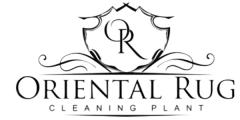
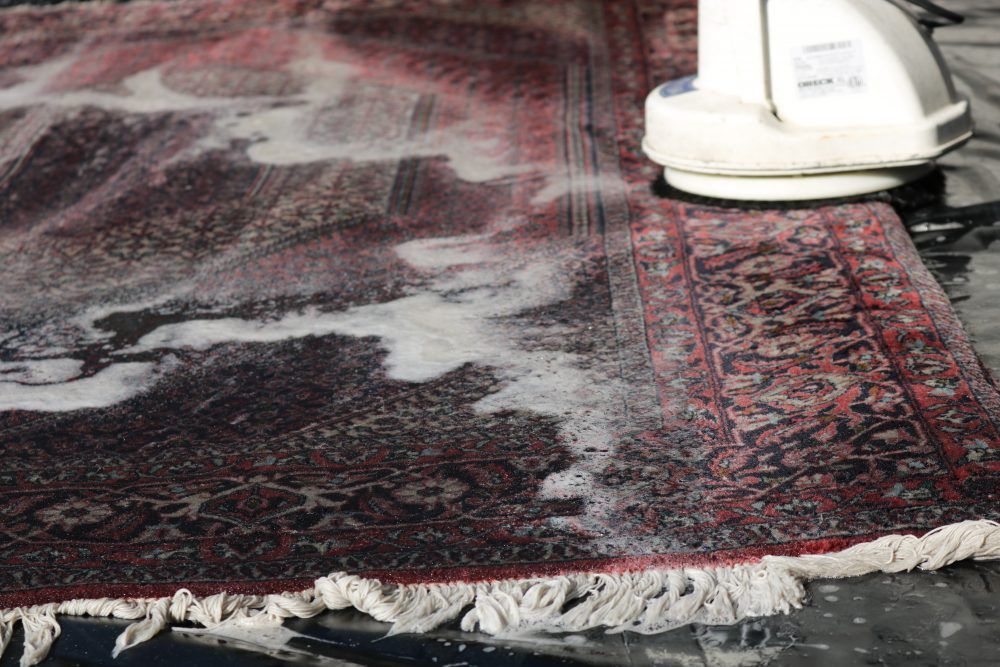
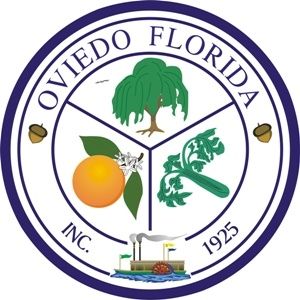
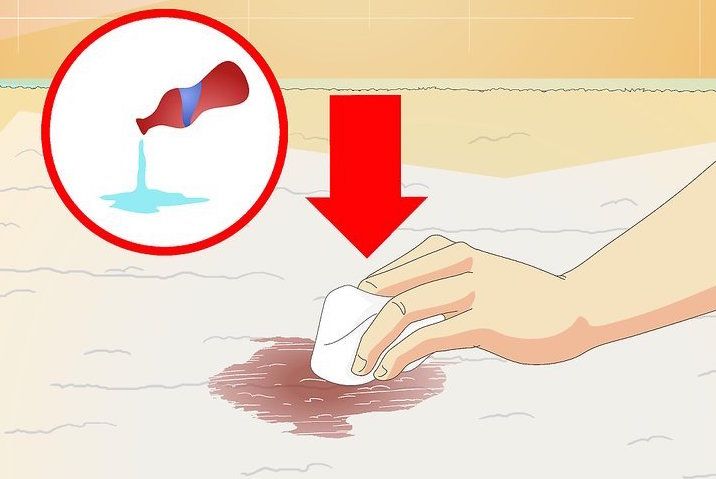
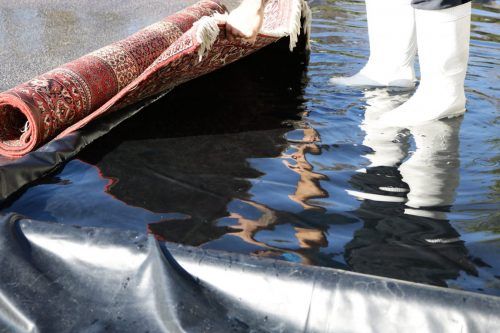
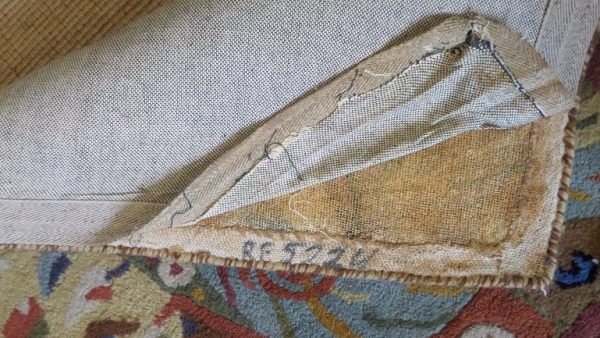

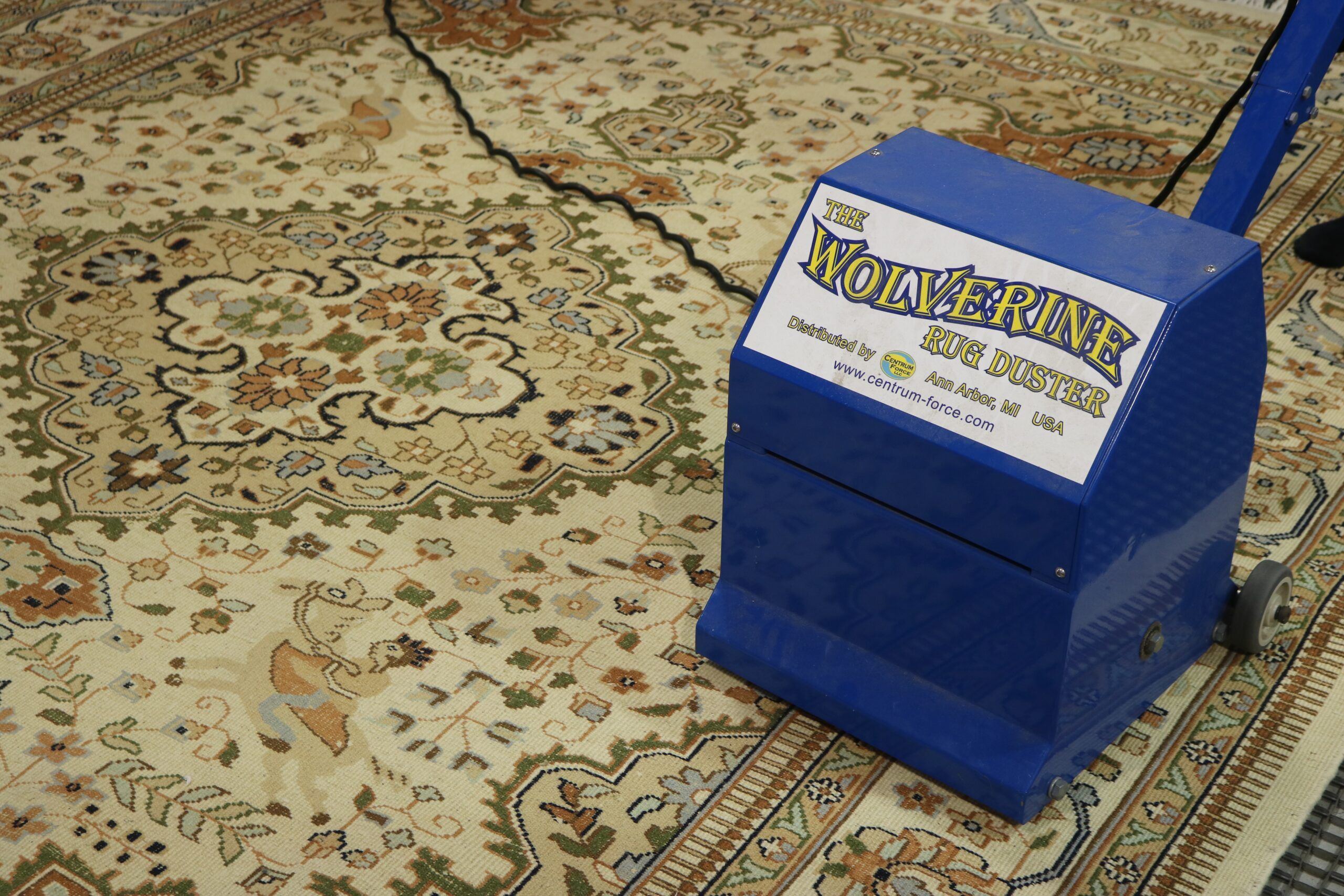
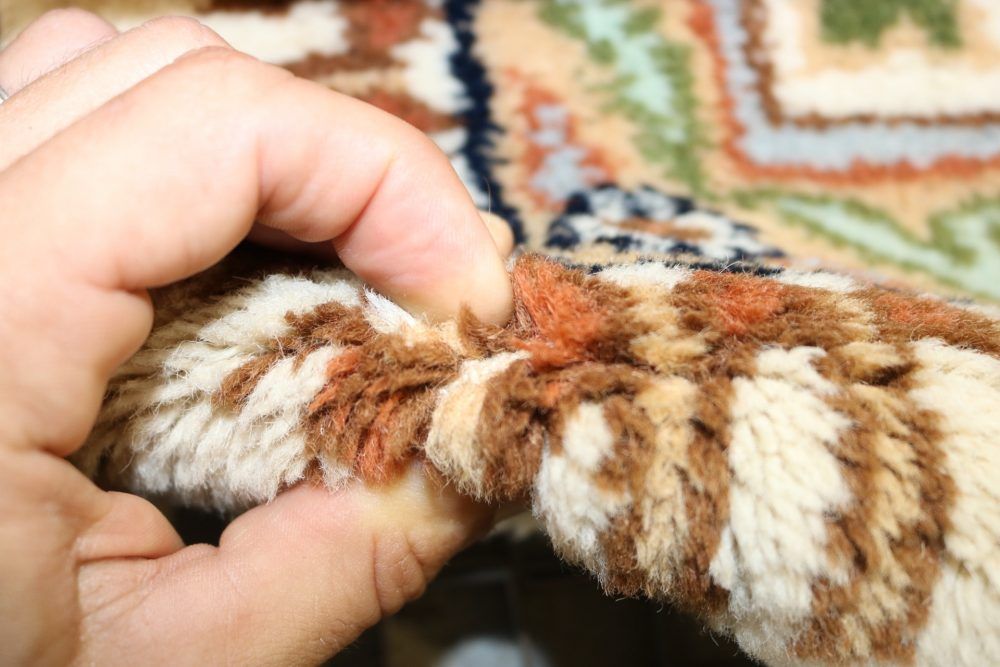
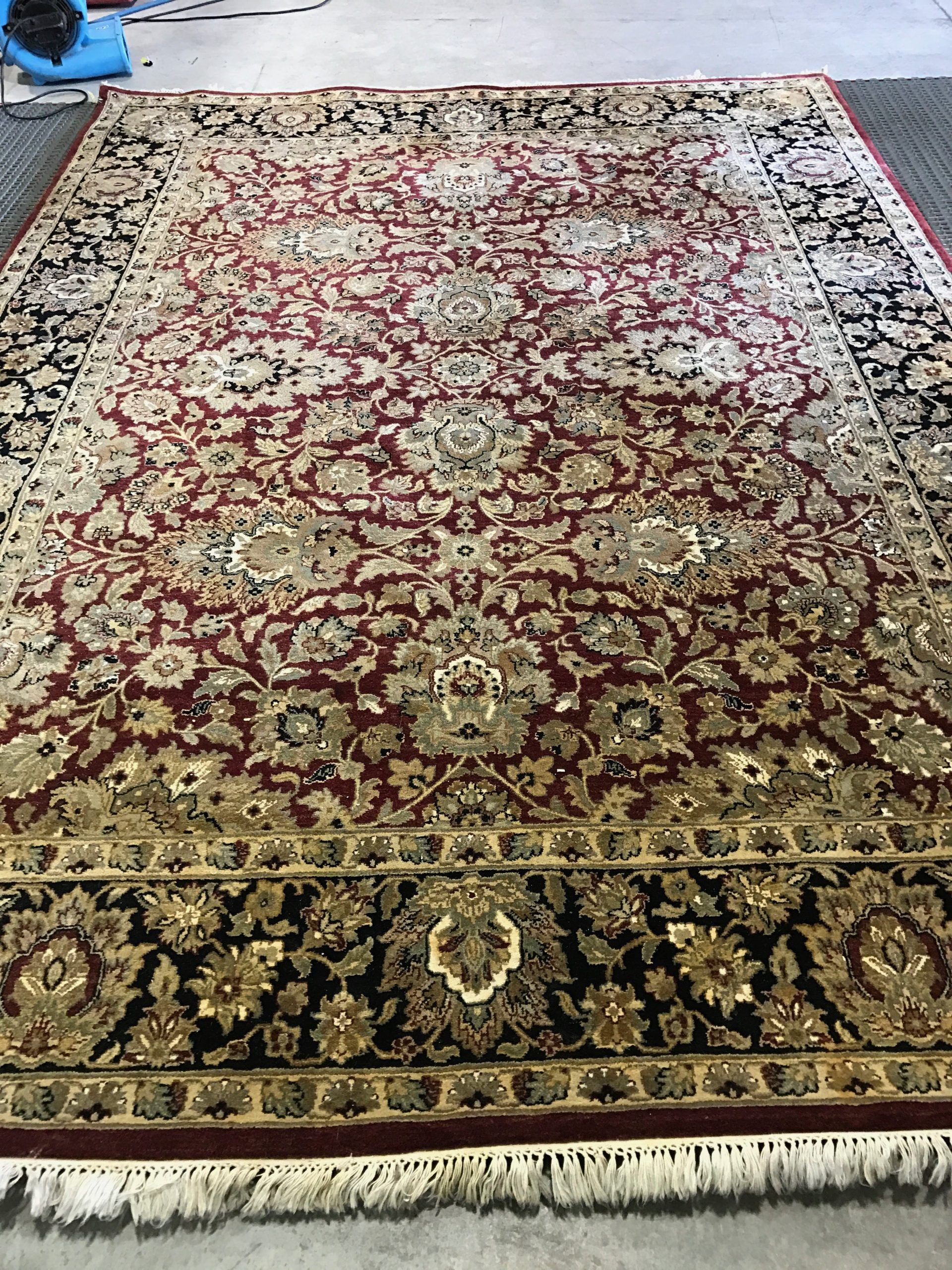
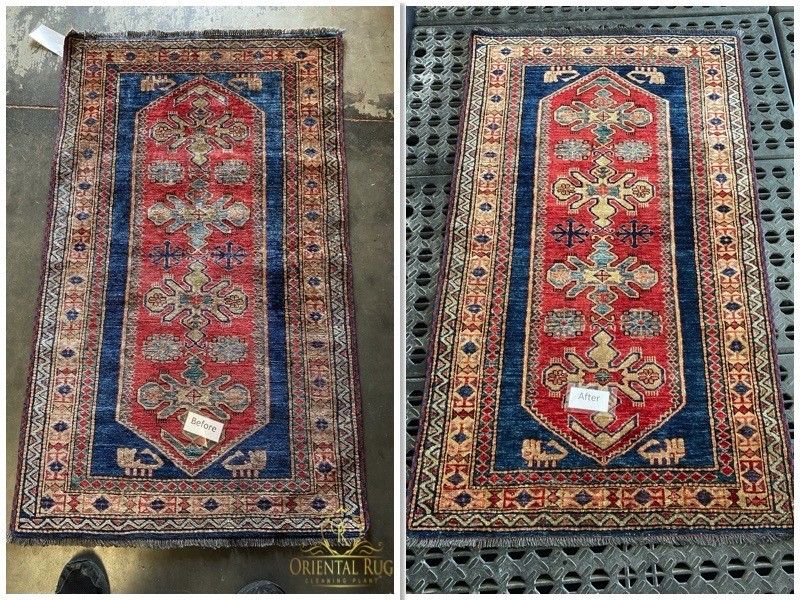
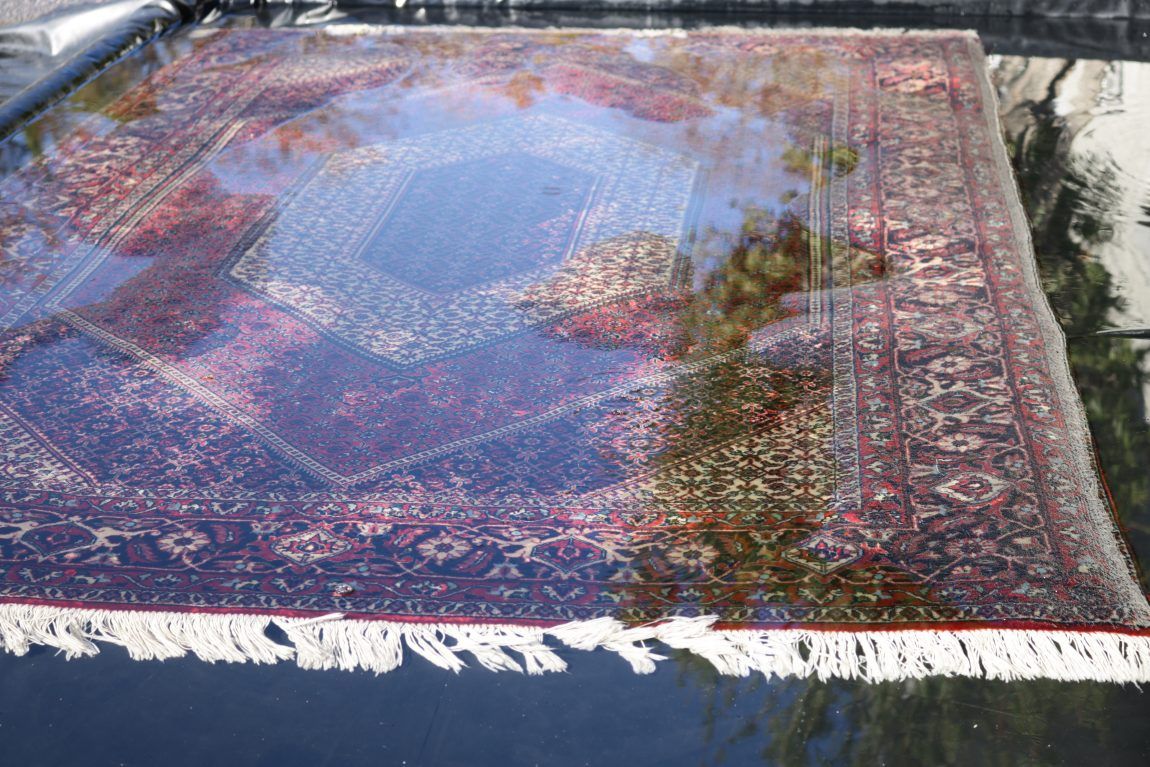
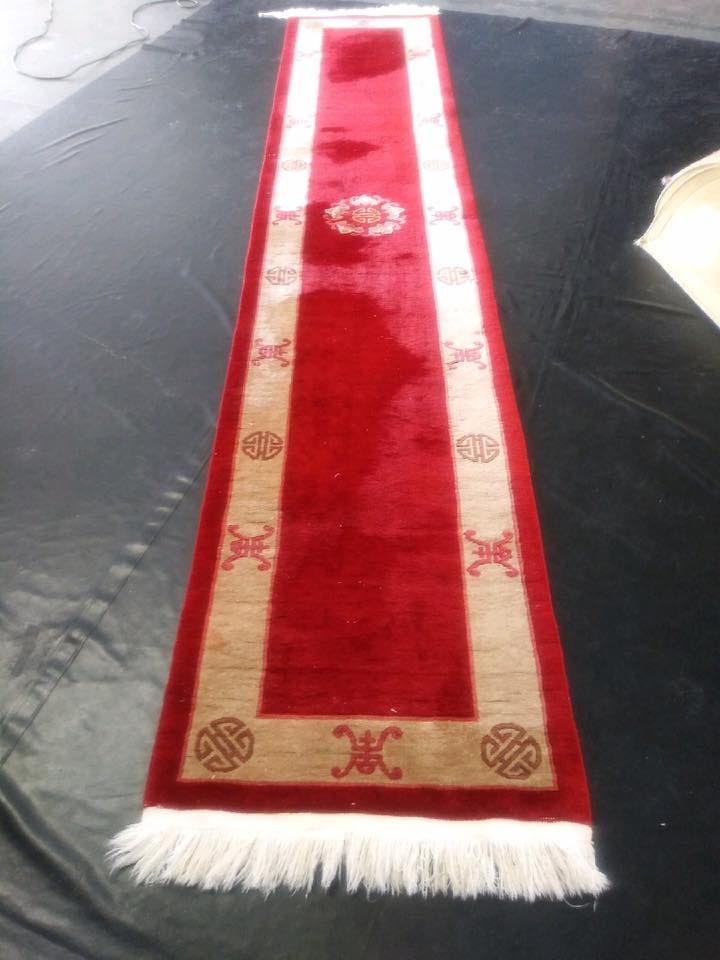
Leave a Reply